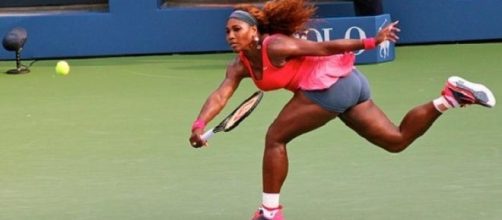Fresh from her 19th Grand Slam success at the recent Australian Open in Melbourne, Serena Williams has made the brave decision to end her boycott of an event where she has had unhappy memories in the past. Indian Wells is a popular tournament with many players on the tour, with the BNP Paribas Open being held in sunny California, but for the top seed it is the venue where her family suffered alleged racist abuse fourteen years previously.
The 33-year-old American will be back on home soil for the hard-court tournament, usually an attractive prospect as the partisan crowd can elevate performances beyond the norm, yet she still remembers the pain and anguish she felt when last there at the event.
Bringing the vivid memories back to mind, she said: "It's been difficult to forget spending hours crying in the Indian Wells locker room."
Both Serena and her sister Venus have steadfastly refused to play in the event since 2001, despite it being (officially at least) a mandatory one for players on the tour to compete in. That has left them potentially facing the threat of financial penalties and the deduction of ranking points. In 2001, the sisters should have faced each other in the semi-finals, only for Venus to withdraw due to injury. That decision was not well-received by the spectators, who suspected that match fixing had occurred, resulting in Serena being almost constantly jeered during the final.
At one point they even resorted to cheering when Serena made unforced errors or double-faulted. Despite the distractions, Serena still managed to win the title that year, but was again booed during the presentations. Further details emerged after the event that suggested that the Williams sisters' father, Richard had racial comments directed at him during the Indian Wells' event.
Indian Wells is a prestigious tournament on both the ATP (men's) and WTA (women's) tours, but also one of the longest events on the circuit, joining only the Sony Ericsson Open in Florida (outside of the Grand Slams) in having a main draw duration extending beyond eight days. Both men's and women's main singles draws feature 96 players, with the top 32 seeds getting a bye into the second round. It also attracts the highest number of visitors to a tennis competition outside the Slams, typically seeing crowds of over 370,000 over its duration.

